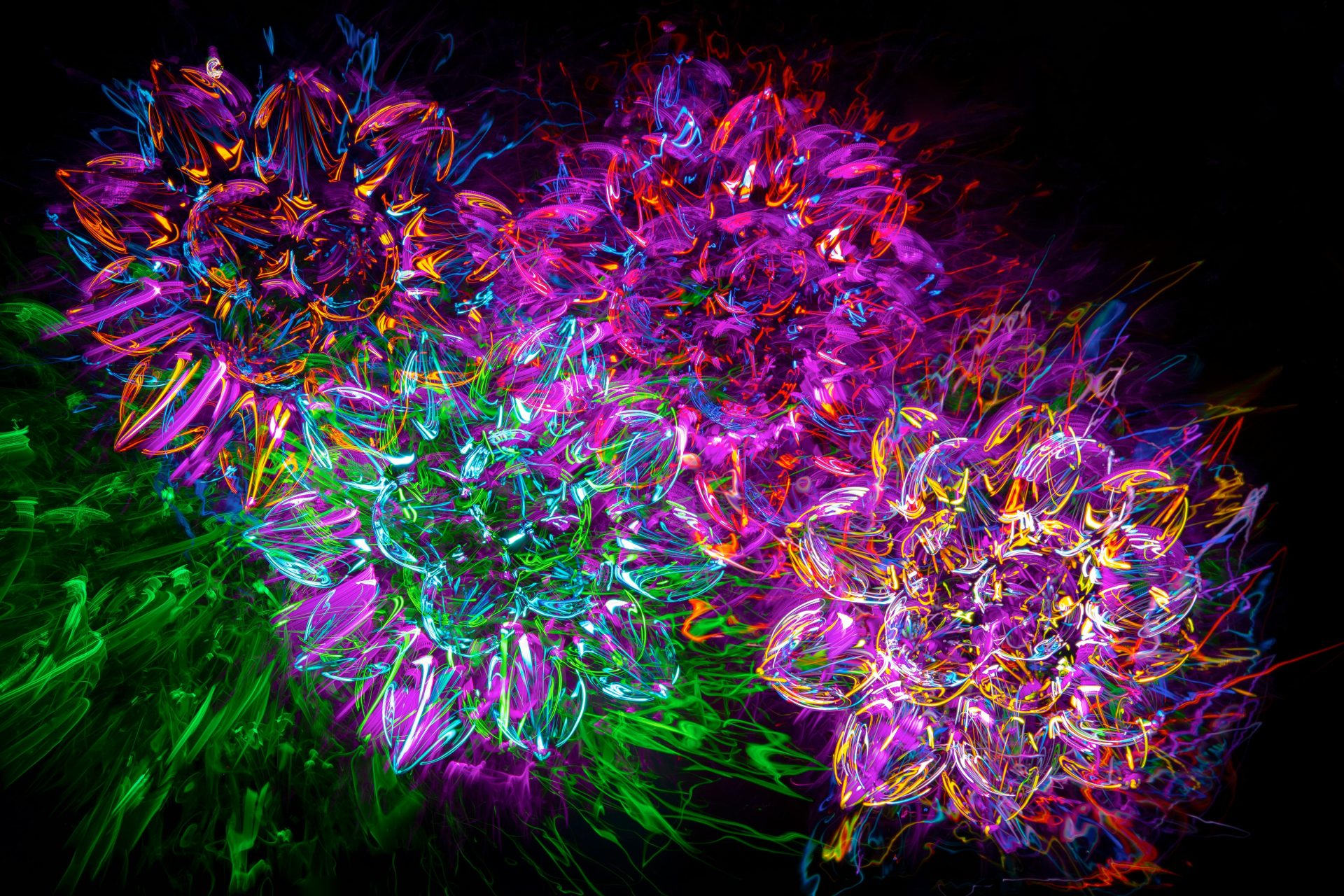Seshat: Goddess of Writing and Wisdom

Hey there, amazing readers! 🖐️ Just a quick note: yes, we know there are a lot of ads here. Trust us, we get it—it’s not the prettiest look, but they help us keep this blog alive and kicking. Those pesky little ads cover the costs of all the behind-the-scenes magic, from hosting and tech stuff to creating content we hope you’ll love.
We’re committed to delivering quality posts, and your support (even just sticking around despite the ads) means everything to us. So, bear with us, and thanks for helping us keep the good vibes rolling. Now, on to the fun stuff! 😉
TRANSLATE BUTTON AT THE END OF THE ARTICLE
A Quick Overview
Seshat, the ancient Egyptian goddess of writing and wisdom, played a crucial role in the religious and cultural life of the civilization.
As the goddess of record-keeping, measurements, and architecture, she was closely associated with the god Thoth, the patron of wisdom.
Depicted in art and hieroglyphics as a woman wearing a leopard skin dress and a headdress with an emblem of a seven-pointed star, Seshat was revered for her role in maintaining order and facilitating communication between the mortal and divine realms.
This article delves into the origins of Seshat, her significance in ancient Egyptian religion, her connection to Thoth, and her influence on writing and record-keeping practices.
The Origins of Seshat
Seshat’s origins can be traced back to the Early Dynastic Period (circa 3100-2686 BCE) of ancient Egypt.
The name "Seshat" means "female scribe" or "female writer" in the ancient Egyptian language, reflecting her role as the goddess of writing, record-keeping, and measurement.
She was believed to have been present at the creation of the world, where she recorded the deeds of the gods and humans alike.
Seshat was also associated with the concept of Ma’at, the principle of truth, justice, and cosmic order in Egyptian mythology.
The Role of Seshat in Ancient Egyptian Religion
In ancient Egyptian religion, Seshat was revered as the goddess of libraries, archives, and knowledge.
She was often depicted as the divine consort of Thoth, the god of wisdom, writing, and the moon.
Seshat was believed to assist in the judgment of the deceased in the afterlife by weighing their hearts against the feather of Ma’at.
As the goddess of record-keeping, Seshat was also responsible for keeping track of the years of a ruler’s reign and ensuring the accuracy of official documents.
Depictions of Seshat in Art and Hieroglyphics
Seshat was typically depicted in art and hieroglyphics as a woman wearing a leopard skin dress, symbolizing her association with the goddess Bastet, and a headdress with an emblem of a seven-pointed star or an ankh, the symbol of life.
She was often shown holding a notched palm stem, which was used for recording measurements, or a scribe’s palette and brush.
Seshat’s iconography represented her roles as the goddess of writing, measurement, and architecture.
Seshat’s Connection to Thoth, God of Wisdom
Seshat was closely associated with Thoth, the god of wisdom, writing, and the moon.
Together, they were considered the divine patrons of scribes and scholars in ancient Egypt.
While Thoth was revered for his role in inventing writing and the arts, Seshat was praised for her ability to record and preserve knowledge for future generations.
The association between Seshat and Thoth highlights the importance of writing and wisdom in Egyptian culture and religion.
Seshat: Patroness of Architects and Builders
In addition to her role as the goddess of writing and wisdom, Seshat was also considered the patroness of architects and builders in ancient Egypt.
She was believed to assist in the construction of temples, palaces, and other monumental structures by providing the necessary measurements and guidance to the architects and craftsmen.
Seshat’s role as the patroness of architects underscored the importance of precision and accuracy in building projects, reflecting her association with order and organization.
The Symbolism of Seshat’s Iconography
Seshat’s iconography held deep symbolic meaning in ancient Egyptian religion and culture.
The leopard skin dress symbolized her connection to the goddess Bastet, who was associated with protection and fertility.
The seven-pointed star on her headdress represented the seven celestial bodies known to the ancient Egyptians, including the sun, moon, and five visible planets.
The notched palm stem she held symbolized the recording of measurements and the establishment of boundaries, reflecting her role in maintaining order and stability.
Seshat’s Influence on Writing and Record-Keeping
As the goddess of writing and record-keeping, Seshat played a crucial role in the development of these practices in ancient Egypt.
She was believed to inspire scribes and scholars to create and preserve written texts, including religious hymns, legal documents, and historical records.
Seshat’s influence on writing and record-keeping contributed to the cultural and intellectual achievements of ancient Egyptian civilization, ensuring the continuity of knowledge and wisdom for future generations.
Temples Dedicated to Seshat in Ancient Egypt
Throughout ancient Egypt, temples and shrines were dedicated to Seshat in honor of her role as the goddess of writing and wisdom.
One of the most famous temples dedicated to Seshat was located in the city of Heliopolis, where she was venerated alongside Thoth and other deities associated with knowledge and learning.
These temples served as centers of scholarship and education, where scribes and scholars would gather to study, copy texts, and engage in rituals to honor Seshat and Thoth.
Rituals and Offerings to Honor Seshat
In ancient Egyptian religion, rituals and offerings were performed to honor and appease the gods and goddesses, including Seshat.
Priests and devotees would offer libations, incense, and food to Seshat in temples and shrines dedicated to her.
Rituals involving the recitation of prayers, hymns, and litanies were conducted to invoke Seshat’s blessings and guidance in matters of writing, wisdom, and architecture.
Offerings of books, scrolls, and writing implements were also made to Seshat as symbols of knowledge and creativity.
Seshat’s Legacy in Modern Culture
Despite the decline of ancient Egyptian religion, the legacy of Seshat continues to resonate in modern culture and society.
The concept of writing, wisdom, and record-keeping embodied by Seshat remains relevant in the digital age, where information and knowledge are valued commodities.
Scholars and historians continue to study and interpret the symbols and texts associated with Seshat to gain insight into ancient Egyptian civilization and its contributions to human culture.
The enduring legacy of Seshat serves as a reminder of the importance of preserving knowledge and wisdom for future generations.
Seshat in Comparative Mythology
In comparative mythology, Seshat shares similarities with other goddesses of writing and wisdom from different cultures and civilizations.
In Mesopotamian mythology, the goddess Nisaba was revered as the patroness of writing and accounting, similar to Seshat’s role in ancient Egypt.
In Greek mythology, the goddess Athena was associated with wisdom, crafts, and strategy, embodying similar qualities to those of Seshat.
These cross-cultural parallels highlight the universal themes of writing, wisdom, and knowledge that have been revered and celebrated by diverse societies throughout history.
Conclusion
Seshat, the goddess of writing and wisdom in ancient Egyptian religion, played a vital role in the cultural and religious life of the civilization.
As the patroness of scribes, architects, and builders, Seshat was revered for her ability to record and preserve knowledge, maintain order, and facilitate communication between the mortal and divine realms.
Her association with Thoth, the god of wisdom, underscored the importance of writing, wisdom, and record-keeping in ancient Egyptian culture.
The enduring legacy of Seshat continues to inspire scholars, historians, and artists to explore the mysteries of writing and wisdom in human civilization.

The Enlightenment Journey is a remarkable collection of writings authored by a distinguished group of experts in the fields of spirituality, new age, and esoteric knowledge.
This anthology features a diverse assembly of well-experienced authors who bring their profound insights and credible perspectives to the forefront.
Each contributor possesses a wealth of knowledge and wisdom, making them authorities in their respective domains.
Together, they offer readers a transformative journey into the realms of spiritual growth, self-discovery, and esoteric enlightenment.
The Enlightenment Journey is a testament to the collective expertise of these luminaries, providing readers with a rich tapestry of ideas and information to illuminate their spiritual path.
Our Diverse Expertise 🌟
While our primary focus is on spirituality and esotericism, we are equally passionate about exploring a wide range of other topics and niches 🌍📚. Our experienced team is dedicated to delivering high-quality, informative content across various subjects ✨.
To ensure we provide the most accurate and valuable insights, we collaborate with trusted experts in their respective domains 🧑🏫👩🏫. This allows us to offer well-rounded perspectives and knowledge to our readers.
Our blog originally focused on spirituality and metaphysics, but we’ve since expanded to cover a wide range of niches. Don’t worry—we continue to publish a lot of articles on spirituality! Frequently visit our blog to explore our diverse content and stay tuned for more insightful reads.






